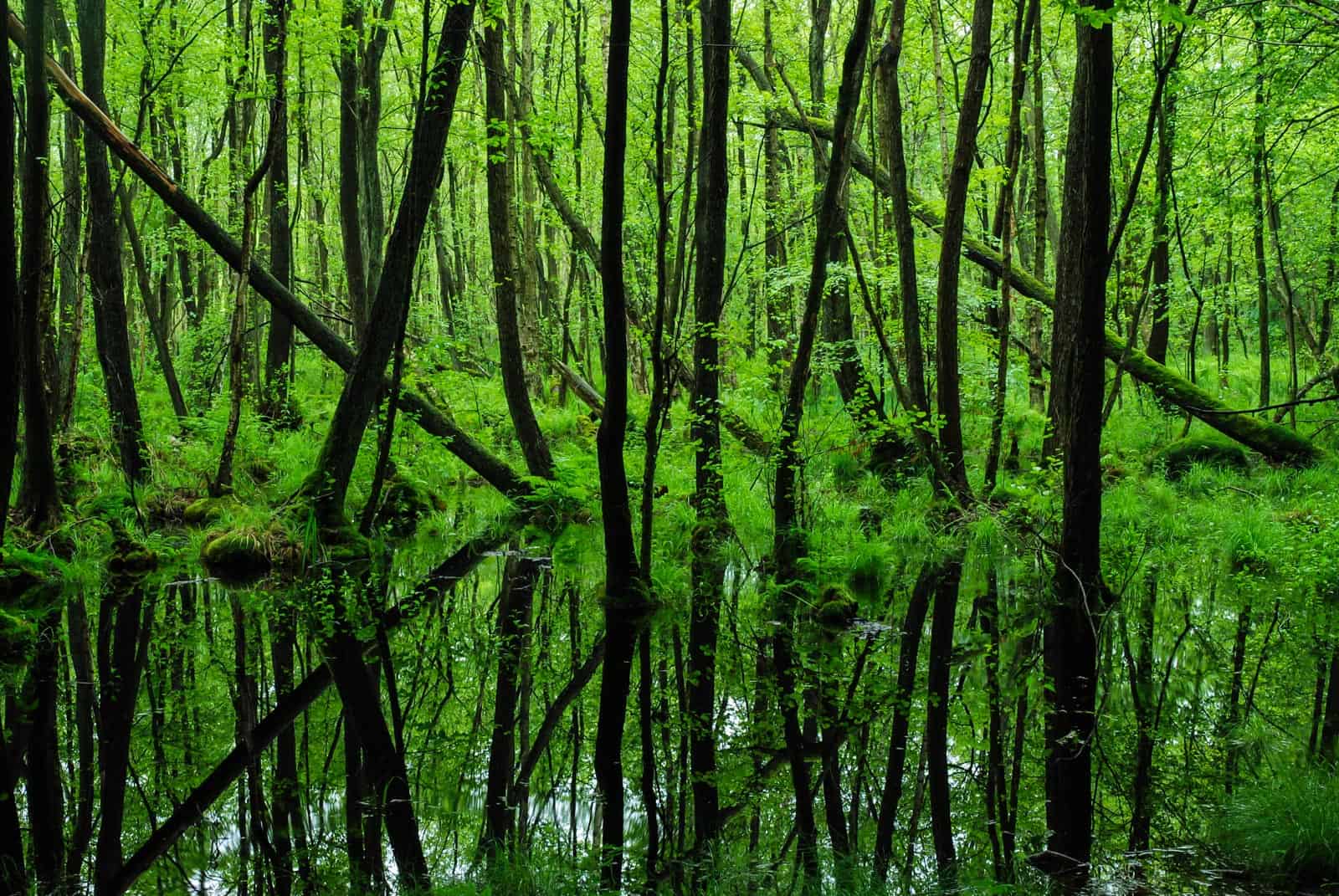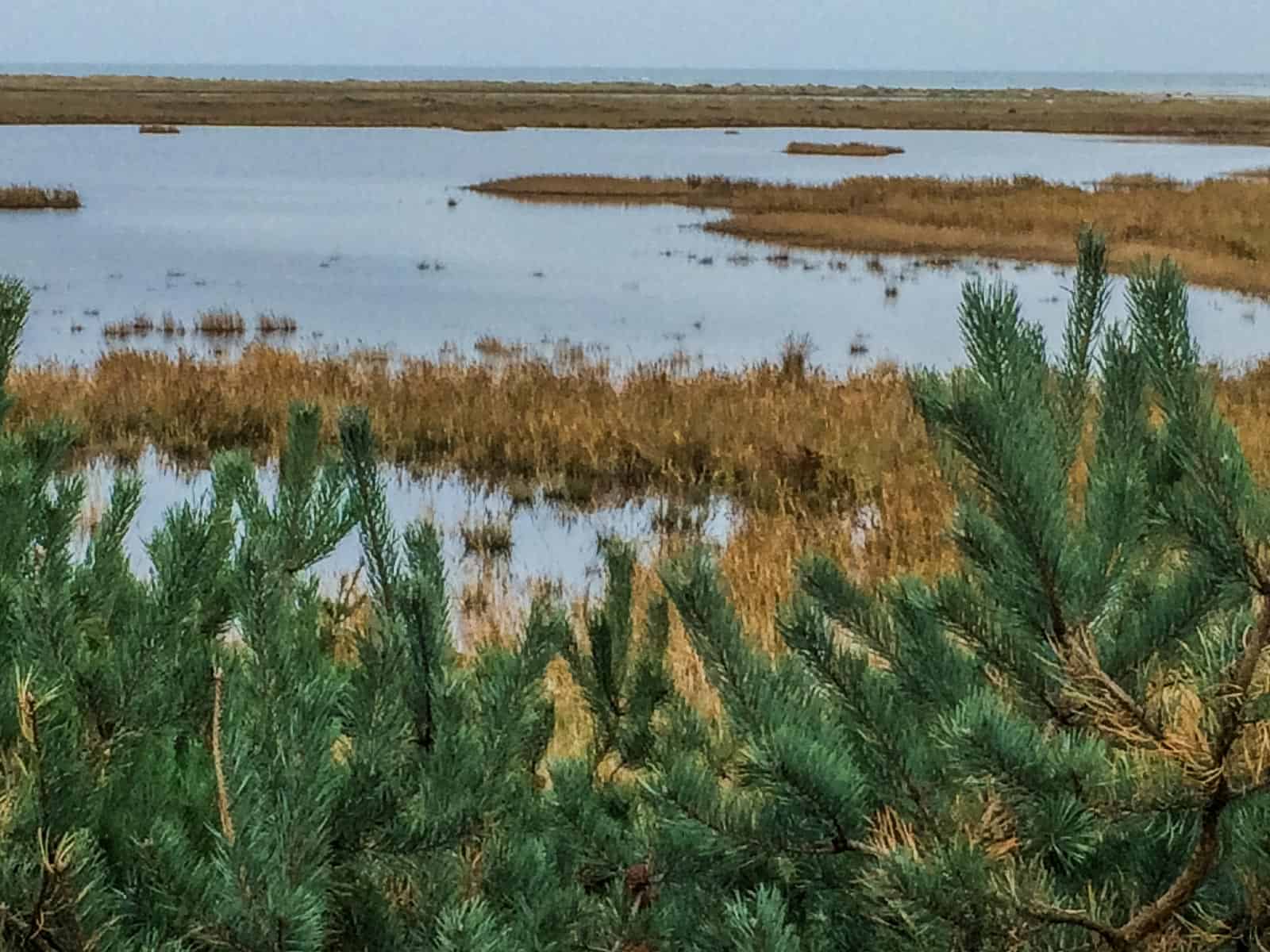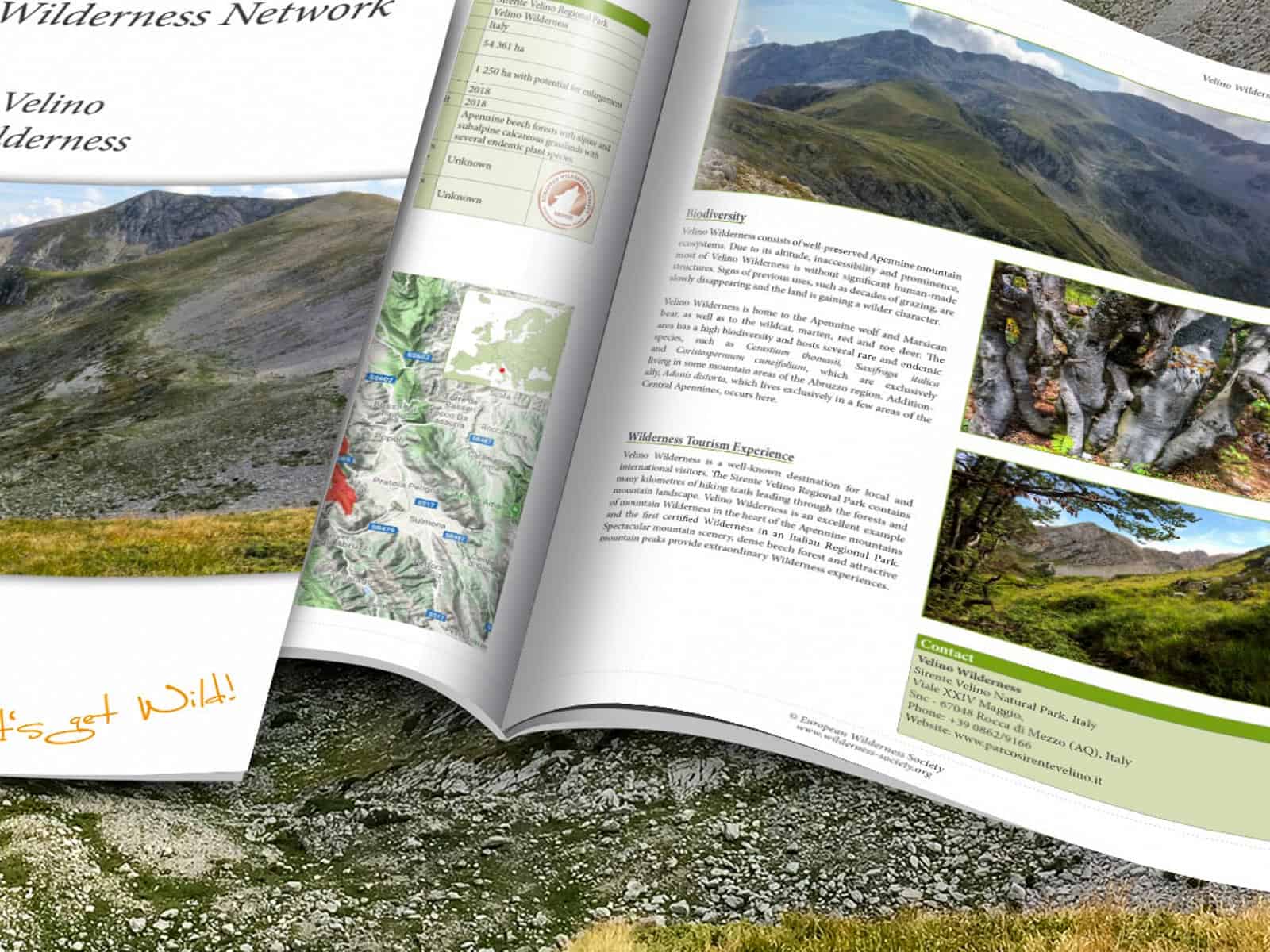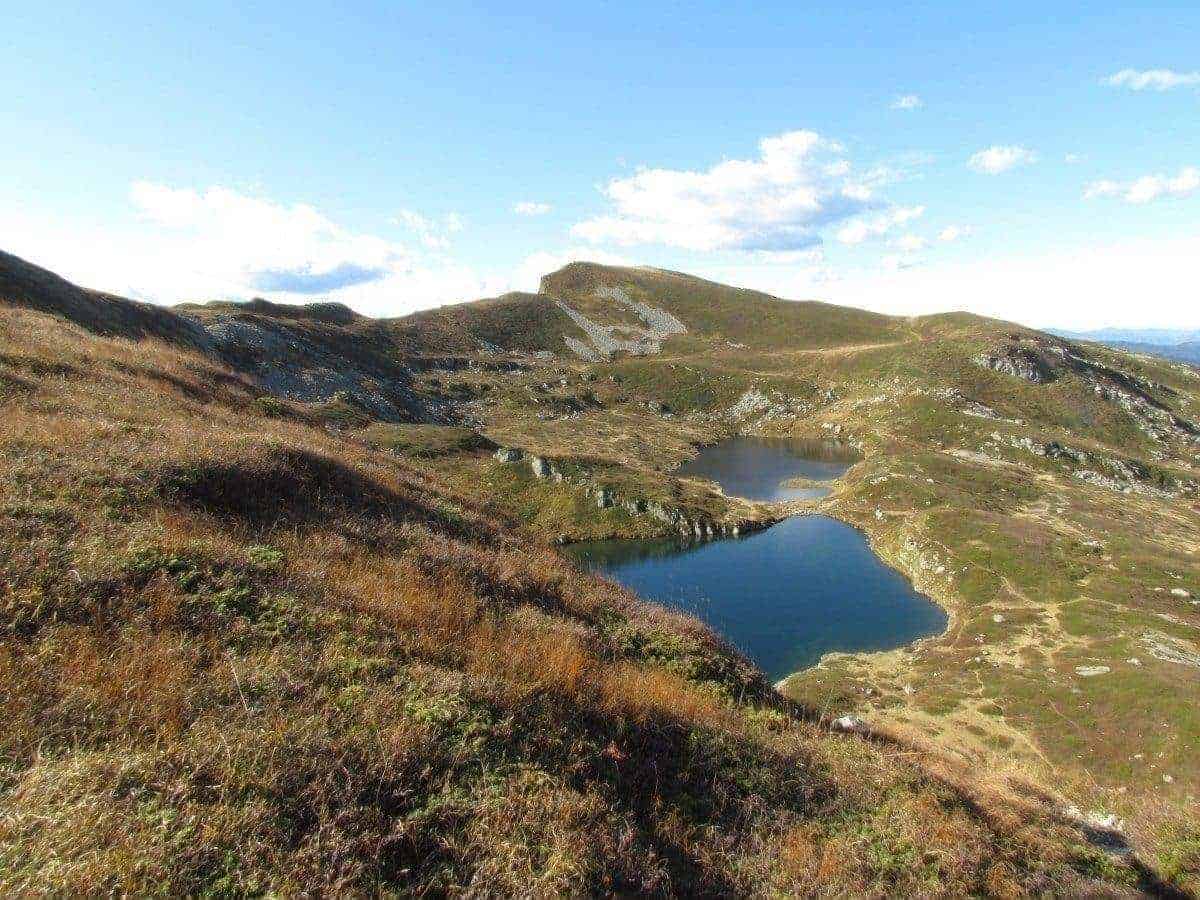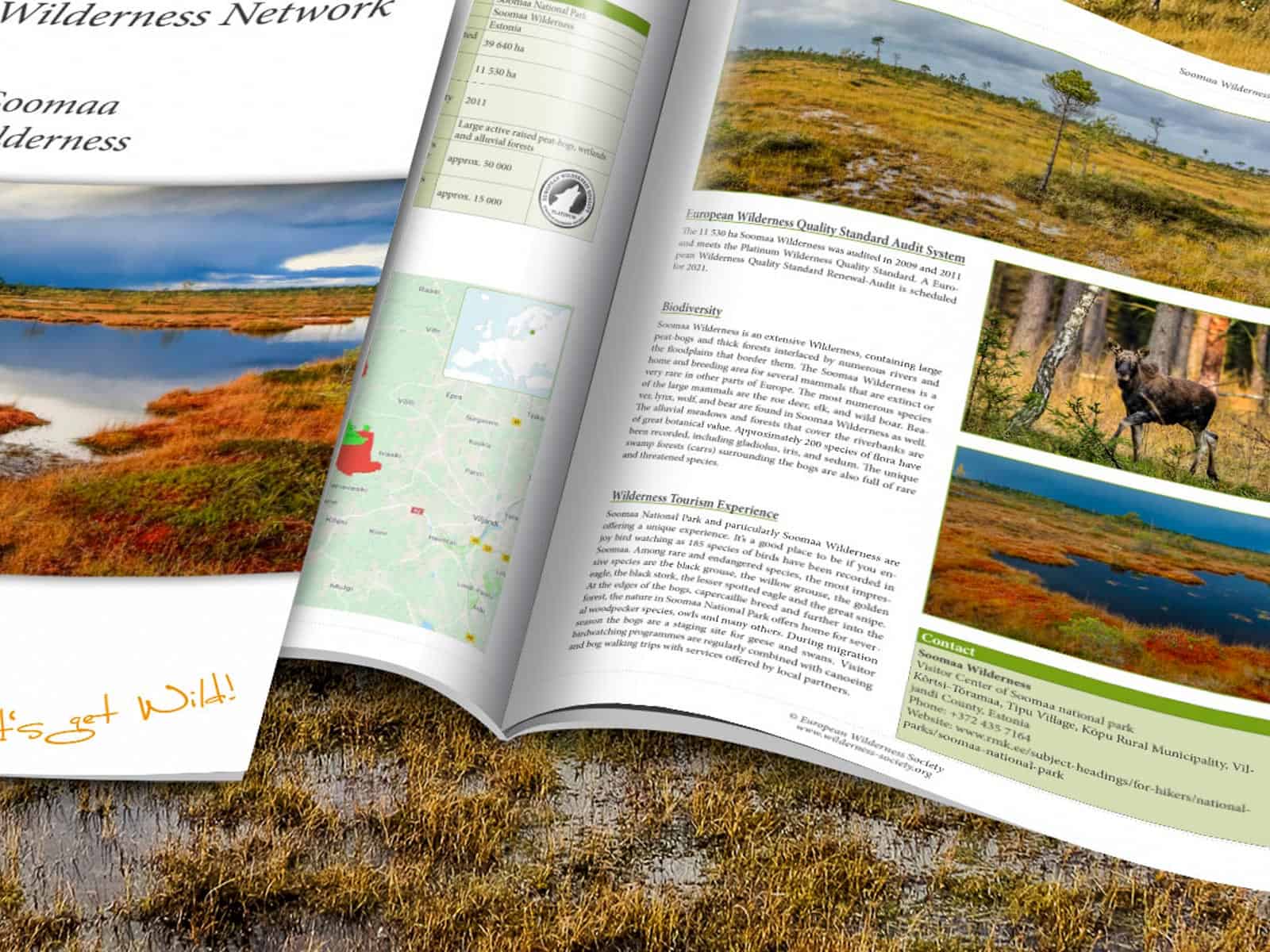Bark beetles bring high lumber prices and biodiversity
Bark beetles feed and breed between the bark and the wood of various tree species. While some species, such as the North American mountain pine beetle (Dendroctonus ponderosae), do attack living trees, many bark beetle species feed on weakened, dying, or dead trees. Most restrict their breeding area to one part of the tree: twig, branch, stem or root collar. Some breed in trees of only one species, while others in numerous. In undisturbed forests, bark beetles serve the purpose of accelerating the recycling and decomposition of dead and dying wood and renewing the forest.
Girdling the tree
However, bark beetles are mostly known by their negative impacts on the lumber industry. A few species are aggressive and can develop large populations that invade and kill healthy trees. Subsequently, millions of hectares of commercially used forests are destroyed. Bark beetles enter trees by boring holes in the bark of the tree, sometimes using the lenticels (the pores plants use for gas exchange) to pass through the bark of the tree. As the larvae consume the inner tissues of the tree, they often consume enough of the phloem to “girdle” the tree, cutting off the spread of water and nutrients. This is also known as ring-barking, it is the complete removal of the bark of a branch or a trunk. It results in the death of the area above the girdle.
Conifers preferred
Bark beetle species that kill trees are mostly linked to conifers. In North America, species from the genus Dentroctonus are infamous attacking mountain pines. In Europe, the European spruce bark beetle (Ips typographus) and the six toothed bark beetle (Pityogenes chalcographus) are causing major problems. In Central Europe, humans have created perfect habitats for bark beetles with spruce monocultures at large-scale. Together with perfect conditions caused by climate change, bark beetles can reproduce explosively and attack trees in swarms. Warmer winters and hot, dry summers favour their expansion. The warming trend extends the period of beetle activity and spurs their expansion to higher elevations where colder temperatures historically proved fatal. Not surprisingly, the expansion of beetles happens swiftly and with striking results when food supplies are contiguous and temperatures relatively mild.
Prices jumping up
The mountain pine beetle in North America, besides other factors, caused lumber prices jumping 200-300% higher than pre-pandemic levels. During the housing boom of the mid-2000s, lumber prices stayed well below $500 per 1.000 board feet. Last summer, prices set a record of over $1,500. The US has cut back on the harvesting of timber for environmental purposes, therefore lumber companies need more timber from outside, even from Germany. But Germany is also among the 141 countries pledging to stop deforestation by the end of the decade. Deforestation has contributed to ecosystem collapse, species extinction and global heating. Which means the prices are getting higher also for certain reasons.
More and more that annual allowable cut is taking into account the full value the forest provides. Freshwater, recreation, cultural values, the creatures that need it, carbon capture. This is the business case for our trees for their entire ecosystem services, and not just the price of a two-by-four (standard size of wood for buildings).
From death comes life
The costs and benefits of beetle outbreaks are clearly a matter of perspective. To people who lost favourite trees, saw a treasured view transformed or had great financial losses, bark beetles are a pest. For the surviving understory trees, the outcome is good fortune. They respond vigorously as beetle-killed canopies open and more water and nutrients become available. And yet the most informative and striking lesson thus far may be the response that occurs in our absence. Bark beetle outbreaks promote diversity in the species composition, age, and structure of the forests they infest, which may benefit forest health through increased resilience following future disturbance. Moreover, they may help create structurally diverse habitat types that favour expansion of wildlife species of conservation concern.

